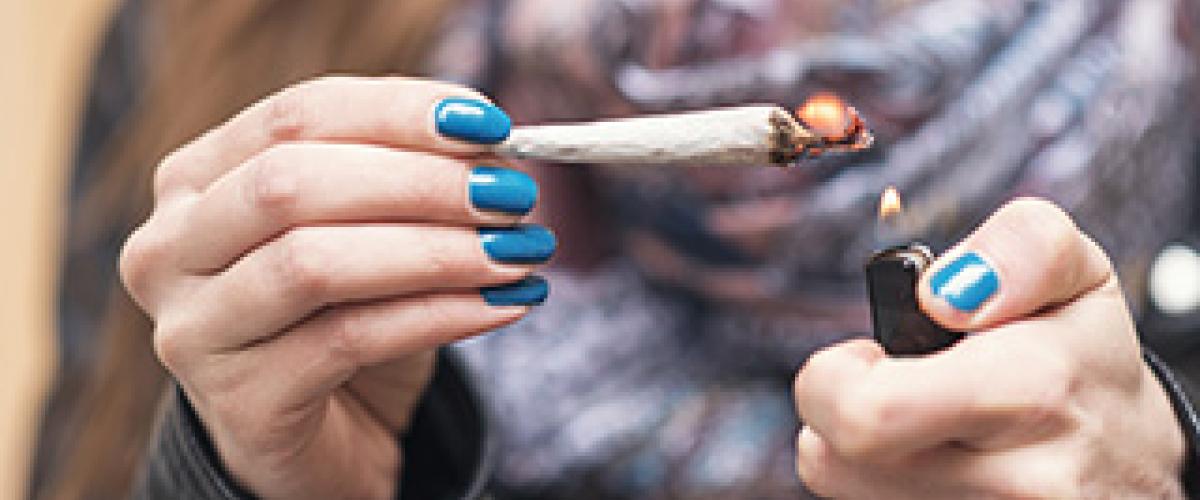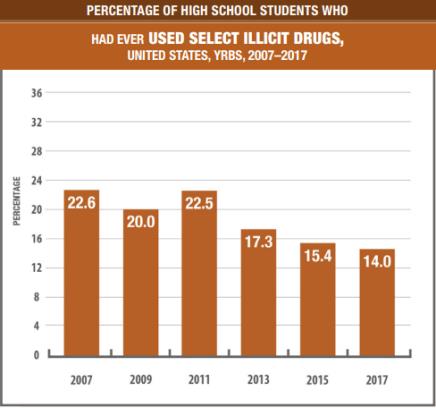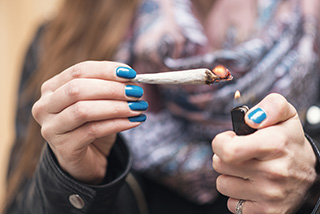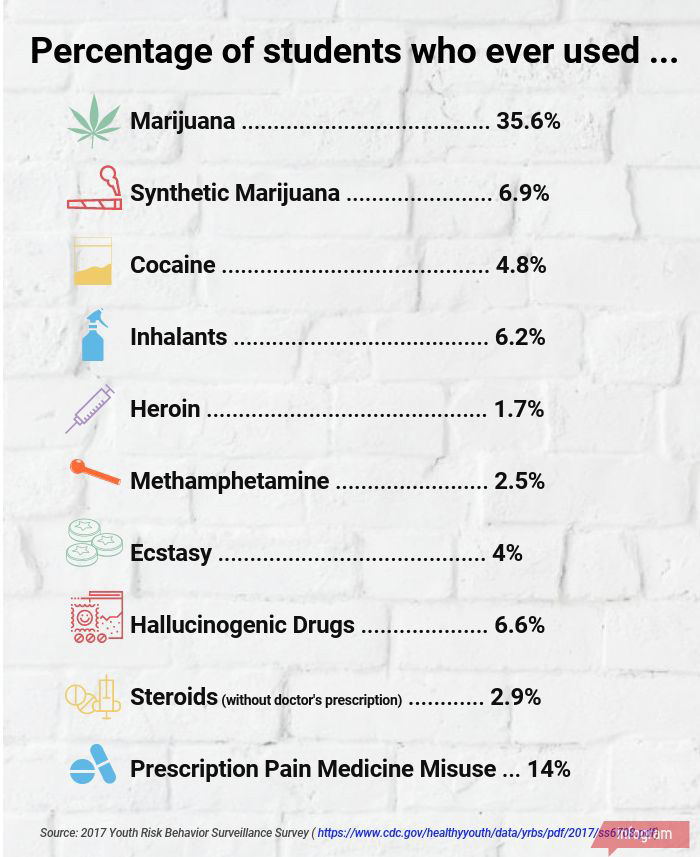Report: Youth Drug Use Decreasing
Last Updated: Thursday September 2, 2021

Youth drug use has been on a steady decline during the past decade, according to the latest Youth Risk Behavior Surveillance System (YRBSS) report.
In 2007, 22.6 percent of young people surveyed for the report admitted to using select illicit drugs. By 2017, that number dropped to 14 percent.
In addition, the percentage of high schoolers who had injected an illegal drug in their lifetime, dipped from two percent in 2007 to 1.5 percent in 2017.
The Centers for Disease Control and Prevention developed the YRBSS in the early 1990s. It focuses on six health-related categories (tobacco use, violence, alcohol/drug use, sexual behavior, dietary behavior, and physical inactivity).
It also includes a survey (the Youth Risk Behavior Surveillance Survey) where students (grades 9 through 12, in both public and private institutions) answer questions related to their health. Almost 15,000 young people participated in the 2017 survey, which is conducted every two years.
Additional Findings
While the drop in illicit drug use among young people is good news, the report also sheds light on where young people get drugs, what they’re using the most, and much more.
About 20 percent of students reported being offered, sold, or given an illegal drug on school property during the past 12 months before they were surveyed.
See percentages of lifetime use (broken down by drug) in the chart on the right.
More stats around marijuana:

-
Almost 20 percent of students surveyed admit to using marijuana at least once during the last 30 days.
-
13 percent of students surveyed admitted driving when they used marijuana within the last 30 days.
-
Synthetic marijuana use declined from 2015 (9.2%) to 2017 (6.9%).
It's good news that overall drug use among youth is declining. But parents, caregivers and educators still need to stay focused on prevention. Here are some tips on how to talk to your teens about drugs.
More information on the report
Youth Risk Behavior Surveillance – United States 2017
Youth Risk Behavior Survey: Data Summary and Trends Report 2007-2017
Youth Risk Behavior Surveillance System (YRBSS) page on CDC’s site.


